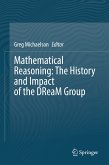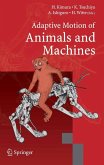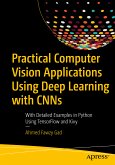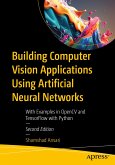Computer vision approaches to human motion analysis have received considerable attention from different research areas over the past couple of years. The strong interest is largely due to their various applications in surveillance, driver assistance systems, human-computer interfaces, marker-less motion capture, biomedical engineering and computer graphics. This thesis investigates the computational integration of different visual representations for the detection of human bodies and the analysis of their movements in both indoor and unconstrained outdoor envi-ronments. New image coding schemes are presented in combination with methods from machine learning and dynamic filtering to address issues of complexity, robustness and generalization.
Dieser Download kann aus rechtlichen Gründen nur mit Rechnungsadresse in A, B, BG, CY, CZ, D, DK, EW, E, FIN, F, GR, HR, H, IRL, I, LT, L, LR, M, NL, PL, P, R, S, SLO, SK ausgeliefert werden.









